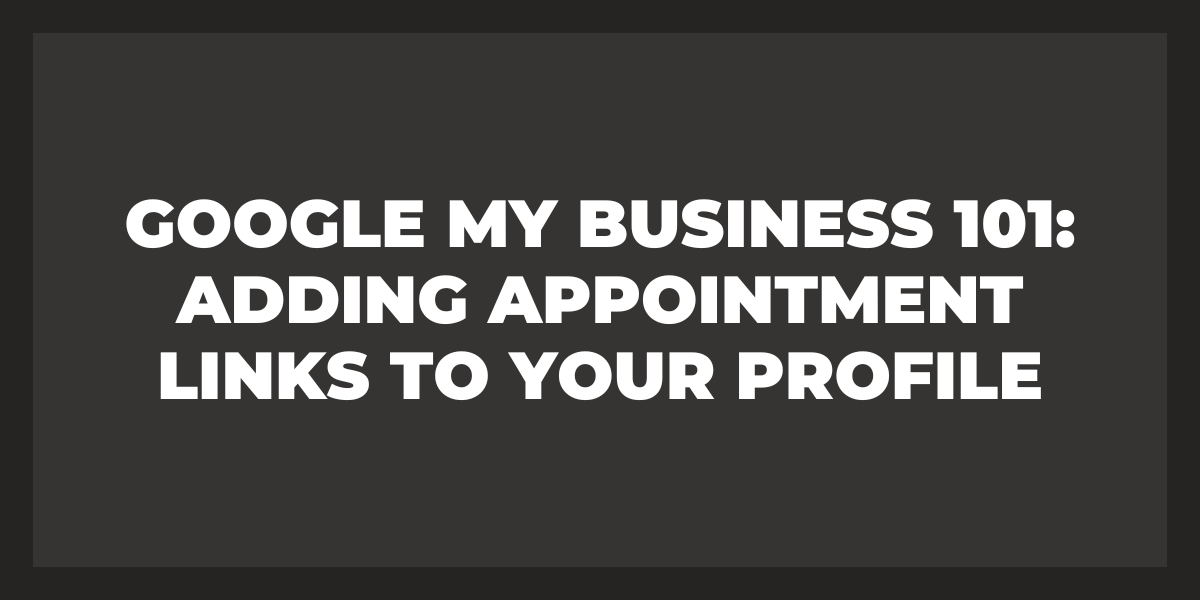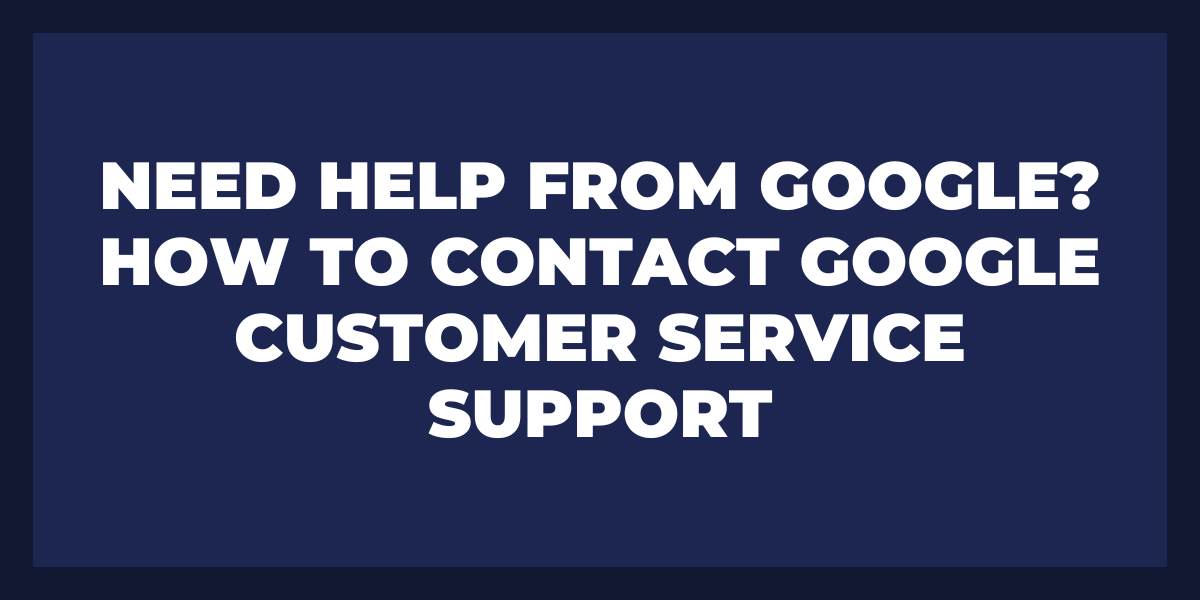A Google My Business profile is essential for any business looking to increase its online visibility. But having an optimized GMB account can make all the difference in how well your company ranks in local search engine results.
A Google My Business SEO audit will help you identify and address any issues preventing your business from achieving maximum visibility on the web. By performing a comprehensive audit of your GMB listing, you can ensure that all relevant information is up-to-date, accurate, and appropriately formatted so that it can be easily found by potential customers searching for businesses like yours.
With this knowledge, you can then take steps to improve the performance of your business’s presence on the web and start attracting more customers today!
Google My Business Checklist
Google My Business (GMB) is essential for any business looking to increase visibility and engagement with its customer base. GMB provides a platform where customers can leave reviews, ask questions, find directions to your store or office, and learn more about your services. To ensure you’re getting the most out of this powerful marketing tool, it’s essential to consider particular elements when setting up your Google My Business account.
The first step in utilizing GMB is creating an account by selecting “Create Account” from the Google My Business home page. Once registered, fill out basic information such as phone number, address, and website URL. This will help maximize the chances that potential customers find your business when conducting online searches related to what you offer.
Additionally, list all relevant categories about your business; this will ensure that search results are accurate and appropriately organized as people look for what they need near them geographically or virtually through search engines like Google Maps or YouTube local listings.
Once established on GMB, you should focus on optimizing keyword usage within posts – categorizing content makes it easier for potential target audiences searching in specific areas of interest – while also including high-quality images whenever possible.
Identify Local Competitors
- Search Google for local competitors
- Check Yelp and other review sites for similar businesses
- Use website analysis tools to get an overview of the competition
- Study how your competitors are marketing themselves on social media platforms
- Do a backlink audit of their website to identify potential link sources
- Track your competitor’s organic and paid search engine performance
- Monitor changes in their ranking and visibility over time
Audit the Competition
- Analyze competitor’s GMB profile and content
- Check their categories, description, images, and posts
- Assess how often they post reviews and respond to them
- Evaluate their website’s design quality
- Examine if they have a consistent NAP (name, address & phone number) across online platforms
- Review the performance of keywords on top search engine results pages
- Monitor Google My Business Insights, such as clicks & impressions
Proximity Audit
1. Ensure all locations are correctly listed on Google Maps
2. Confirm the distances between each location and its competitors
3. Check that the address of each listing is accurate, with no typos or incorrect ZIP codes
4. Make sure your content offers valuable information to customers about services and products offered
5. Verify whether customer reviews are appearing for each location
6. Identify opportunities where you can list additional locations near existing ones
7. Manage any duplicate listings that may be present in the search results
Optimize GMB categories
1. Optimize Your Primary Category: Choose a primary category that accurately describes your business and resonates with potential customers.
2. Add Secondary Categories: Include secondary categories to help search engines better understand the nature of your business and display it in relevant searches.
3. Keep It Relevant & Accurate: Ensure all categories are accurate, up-to-date, and reflect your services or products.
4. Check for Duplicates: Review GMB categories regularly to ensure everything is clear and accurate on your profile page.
5. Monitor Competitors’ Categories: Take note of any changes made by competitors in their GMB listing to ensure they don’t outrank you in specific searches related to those updated terms or descriptions
6. Utilize Local Keywords In Titles & Descriptions: When creating titles and descriptions for each category, include local keywords to maximize visibility across geographical areas where your company is based
7. Consider Synonyms/Similar Words When Writing Descriptions If Needed: Use synonyms when writing descriptions if needed so that they don’t appear too repetitive while still conveying the same message
Website Links
1. Make sure your website is live and has been verified with Google
2. Ensure the correct contact information (name, address, phone number) and location are included on your website
3. Use keywords effectively in headlines and subheadings throughout your site to increase visibility
4. Add customer reviews to encourage social proof of your business
5. Add internal links within pages to ensure visitors can quickly access related content
6. Include a sitemap for easy navigation by search engines
7. Optimize page load times for better user experience
8 . Ensure all images are optimized for web use
LocalBusiness markup
1. Add or Verify your Business on Google My Business
2. Optimize Your GMB Listing with Correctly Formatted NAP (Name, Address & Phone Number)
3. Use the Right Categories for Your Business
4. Fill Out All Relevant Fields in Your GMB Profile
5. Set Up LocalBusiness Markup Structured Data on Your Site
6. Include Photos and Video in Your Listing
7. Claim & Verify all Reviews Left by Customers
8. Monitor Competitors to Stay Ahead of the Curve
9. Add Links to Promote Other Social Media Profiles
10. Keep an Eye Out for Additional Features
Google Reviews
1. Increase the visibility of your Google My Business profile
2. Respond to both positive and negative reviews
3. Encourage customers to leave reviews on Google My Business
4. Monitor and manage review content with alerts
5. Use structured data markup for enhanced business listings in search results
6. Share links to your review page via social media, email campaigns, and other channels
7. Leverage customer feedback by making changes based on the insights gained from reviews
3rd Party Reviews
1. Ask your customers to leave a review on Google My Business
2. Follow up with customers who have had positive experiences
3. Request reviews from previous clients and contacts via email or social media
4. Respond to every 3rd party review, both good and bad
5. Make sure you keep your profile updated regularly
6. Utilize features like Q&A to drive customer engagement
7. Add photos, videos, products & services where appropriate
8. Link out to other relevant content on your website or blog
9. Integrate Google reviews into other digital marketing platforms (e-commerce stores, etc.)
10. Monitor competitors’ profiles for additional ideas
Social Profiles
- YouTube
- Yelp
- TripAdvisor
- Google Business Profile
CRO Audit
1. Set up a Complete Profile
2. Verify Your Listing
3. Optimize Your Categories
4. Add Photos and Videos
5. Utilize Post Types Strategically
6. Respond to Reviews Promptly
7. Track Performance Metrics Regularly
8. Request Google Maps Street View Verification
9. Incorporate Localized SEO Techniques
10 Implement Schema Markup
Listing Verification
1. Log in to your Google My Business account
2. Choose the verified business location you want to verify
3. Enter the verification code sent by mail or other methods available
4. Upload any necessary documents, such as a photo ID, utility bill, or recent tax filing
5. Submit all requested information and wait for a verification confirmation
How to Examine & Improve your Google Business Profile Audit
Step 1: Create a Profile
First, create a comprehensive profile that outlines your business’s mission and goals. When potential customers search for businesses related to yours on Google Search or Maps, they can quickly identify who you are and what services you provide.
Step 2: Enter all the Information
Ensure to include all relevant information such as contact information, business hours, accepted payment methods, photos/videos of products or services provided, customer reviews, website links, etc.
Step 3: Optimize GMB Profile
The next step is to optimize your profile for visibility. This means including keywords related to your industry in the profile description section so that it appears higher up in search results when potential customers search for a specific business or service.
Step 4: Ask for Feedback
Encourage customers to leave reviews on your Google Business Profile page. Reviews from satisfied customers can positively impact your business’s reputation and encourage others to use your services or buy from you.
What to do Next?
If a customer leaves a negative review or feedback on your page, make sure that you respond promptly with professionalism and courtesy to address any issues they may have had with their experience with the company.
Finally, ensure that you keep the profile up-to-date by regularly checking it for any changes or updates needed. Update any information about products or services offered by the business as well as contact details or opening times if they change; this will ensure that potential customers always see accurate information when accessing the profile page.
Furthermore, update images regularly and switch out videos of products so viewers don’t become bored with repeatedly seeing the same old content – this will help keep them engaged!
How to Beat the Competition in Google’s Local Ranking
The first strategy for beating the competition in Google’s local ranking is to create and optimize a well-structured Google My Business page. A GMB page provides potential customers with all the information they need about your business, such as hours, contact information, and business categories.
Another effective strategy for improving your Google local rankings is to focus on building citations. Citations are mentions of your business name, phone number, or address on other websites that don’t link back to yours directly but still act as an affirmation of the accuracy of the information you have provided about yourself online.
Finally, businesses should strive to create content specifically designed for local searches. This means creating content that targets specific areas where you operate or serve customers, such as blog posts or articles discussing events happening locally or locations you serve across different parts of town.
Frequently Asked Questions
Does Google My Business have SEO?
Yes, Google My Business (GMB) has local SEO benefits. It can help businesses increase their visibility in local search results and attract customers through verified customer reviews, content optimization, and more.
How do I audit my Google business page?
The primary step in auditing your local business page is to access your Google My Business dashboard. From there, you can view a range of analytics related to how your own business appears on local searches, including the number of views, interactions, and customer engagement with your business listing.
What is Google My Business audit?
Google My Business (GMB) is an online directory of local businesses that allows companies to present their Google business profiles and contact information on Google search and maps. The GMB audit is a comprehensive review of the accuracy, completeness, and optimization of your GMB profile.
Concluding Thoughts
When done correctly, this optimization will help ensure that more people find out about your business when searching for related products or services online. With the right tools and techniques, you can ensure that your Google My Business presence stands out from the competition and drives more leads to your business.














